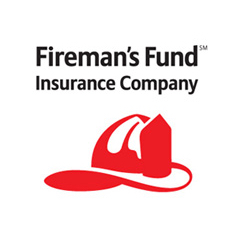Table of Contents
Fireman’s Fund Insurance Company offers a wide range of property and casualty insurance nationwide.
In addition to fire insurance, Fireman’s offers homeowner policies automobile insurance entertainment-industry coverage inland marine workers’ compensation, and a variety of specialty products.
All kinds of commercial insurance through 6,000 independent insurance agents. In 1991 Fireman’s Fund became a U.S. arm of Allianz AG, a German insurer.
A gold rush ghost town by the 1860s, San Francisco California boasted an economy whose growth was hampered by frequent fires that swept through its wooden buildings.
Volunteer firefighters worked at will with no remuneration for their risks. These factors made well-established insurance on the wooden buildings impractical.
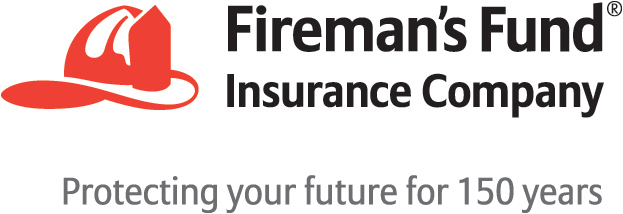
The stock market fluctuations and inflation played their part
San Francisco businesses are wary of offering coverage to San Francisco-based companies. In 1863 a ship’s captain named William Holdredge conceived and created Fireman’s Fund Insurance Company to ensure San Franciscans against fire.
Holdredge knew the success of his company would depend on his ability to reassure customers that their property could survive a fire. Thus, to motivate San Francisco’s firefighters, Holdredge established a retirement fund for the firemen and financed it with 10% of his company’s annual net profit. Holdredge underscored his business philosophy by naming his new business the Fireman’s Fund Insurance Company.
The newly formed company grew rapidly and in 1866 a state regulation allowing fire insurance companies to include marine underwriting was passed.
Read also: Banks Interests
Fireman’s Fund Insurance
Firemen participated in this recent activity eagerly. When in the autumn of 1871 32 New England whaleships the whalers lingered too long in the inhospitable Arctic Ocean where they were crushed by the ice.
Fireman’s Fund agreed to finance the whalers, but bankruptcy followed for several whaling firms and many Atlantic coast insurance companies refused further coverage for the industry.
All whaling ships must leave the Arctic area by September 15. The marine division was able to reap a large amount of profit from grateful whalers desperate for insurance.
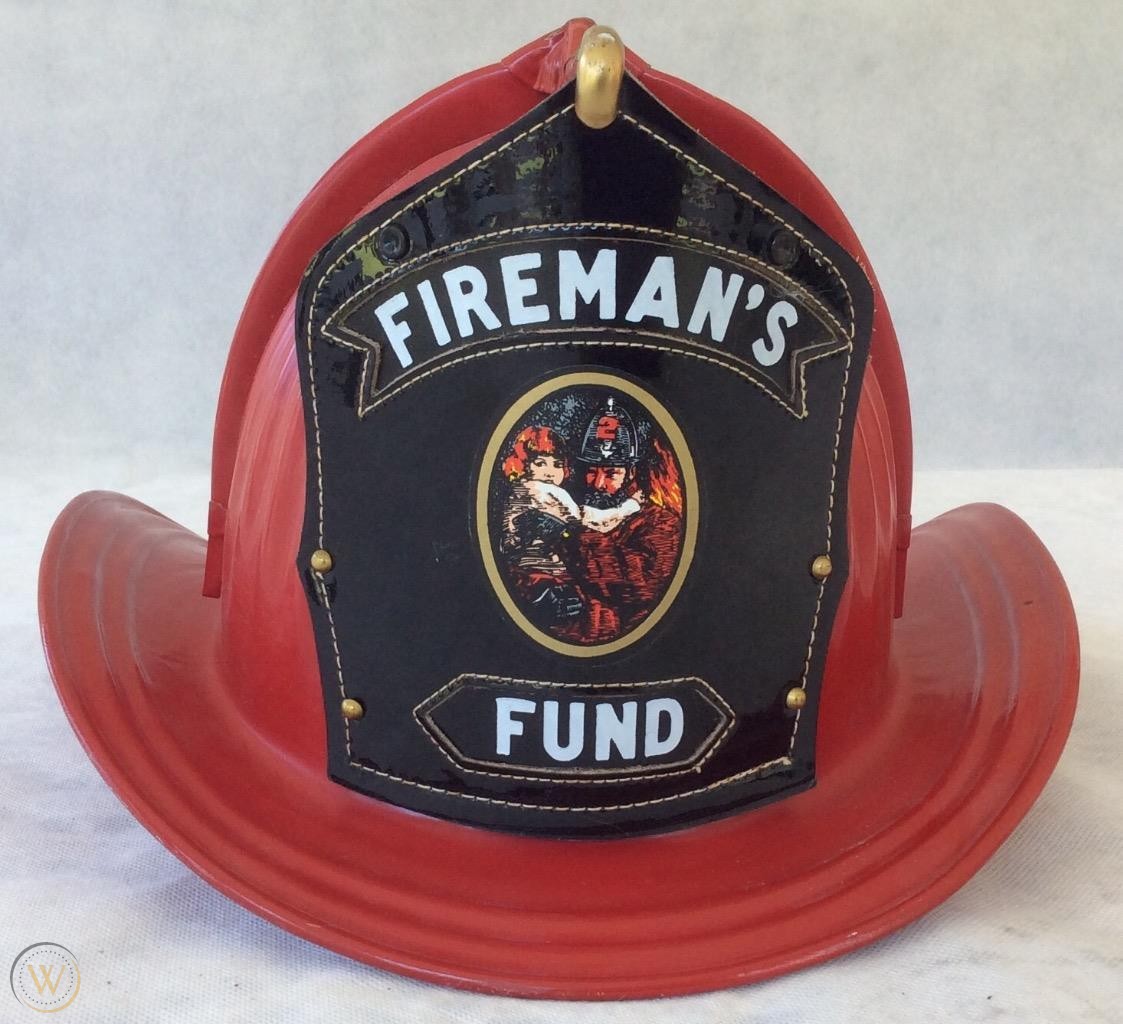
firemans fund insurance companies
In 1871, the Great Chicago Fire, also known as the Great Chicago Fire and the Prairie Fire, was a massive fire that destroyed much of the city and started 300 hours of new fires across the region. The blaze was sparked by a cow that jumped a rail fence and ignited dry, agricultural brush.
The blaze began on October 7, 1871, destroyed seventeen square miles (43 km2), killed approximately three hundred people, and left 100,000 homeless.
Thomas A. Scott, a Boston firefighter, died in 1872 near Boston Massachusetts when a fire swept across the city. Years later, in 1876, Scott died from injuries suffered during another fire. The fire completely leveled Virginia City, Nevada, leaving only a pile of ruins.
when?
President Ulysses S. Grant declared the place a national monument in 1878. Burning leaves to the ground left Fireman with more claims to pay.
Despite these liabilities insurance remained a profitable business.
By 1882 the company’s gross assets were $1.32 million, and it had paid $4 million in claims. It also had a fine reputation which helped it to absorb other companies that collapsed in the face of the catastrophic losses this period between 1875 and 1882.
The company was founded in 1889 by two firefighters named William Donald and Amos Macallister. By 1900 the company had opened offices in New York Georgia Hong Kong Shanghai and the Philippines.
By the end of 1905 Fireman’s Fund had 6000 independent agents and by January 1906 it was offering the country’s first nationwide auto insurance.
San Francisco was hit by an 8.9-magnitude earthquake on April 17, 1906. The quake leveled almost 1,000 buildings. Fireman’s headquarters, the city’s fire records, and the city budget were destroyed.
Estimates completed a week after the disaster put client claims at $11.2 million; the company had assets of approximately $7.5 million at the time. Thousands of dollars.
The shortfall was covered by assessing stockholders’ $300 per share. Because all records were destroyed, Fireman’s Fund simply took each claimant’s word as evidence of coverage. The company settled 8600 claims without litigation by paying half in cash and half in new stock.
As part of the plan after all earthquake claims had been paid, Fireman’s Fund Insurance Company distributed its remaining assets to stockholders and went out of business. It was succeeded immediately by Fireman’s Corporation, a newly formed company whose leadership was identical to that of Fireman’s Fund Insurance Company.
Read also: difference between commercial bank and islamic bank
Fireman’s Fund Insurance Company
The corporation whose debt-free status allowed it to handle all business not connected with the earthquake took over all of its predecessor’s ongoing business and its insurance network.
Fireman’s Fund flourished during World War I. The company executives worked hard and actively with government officials to give fire-prevention advice for possible enemy targets such as bridges, factories, railways and warehouses.
The company took all the war-risk Companies received high premiums for high-risk businesses. As a result, company assets nearly quadrupled between 1914 and 1919.
The postwar years saw many new developments. Among these was a burgeoning movie industry that brought opportunity with a good deal of weight at the insurance industry’s door.
The company began to underwrite film productions whose paper, wood and fabric sets made fire a real danger. As the movie industry grew, so did insurance—and with it, career uncertainty.
The cost of delays, disputes, and injuries made insurance indispensable. With props becoming more elaborate, their replacement value increased.
Some props like a full-size replica of the H.M.S. Bounty has appeared in movies. During the filming of the television series In Polar Regions, the company’s camera team noticed that a polar bear was wandering near the edge of the ice floe, and they began to film it.
However, the polar bear suddenly disappeared. The production team rushed to retrieve their camera, but the camera was totally empty. They immediately reported the problem to the production company, and it was reported to the insurance institute. They immediately started to look for the missing bear.
In addition to fire insurance, the insurance company issued marine tornado war-risk explosion earthquake automobile luggage sprinkler-leakage and use and occupancy coverage in the 1920s.
Fireman also underwrote more unusual ventures like the construction of the 1927 Charles Lindbergh airport in Jersey City. Spirit of St. Louis.
Founded in 1927, Occidental Indemnity Company provided workers’ compensation for longshoremen. Next came Occidental Insurance Company in 1930, followed by Fireman’s Fund Insurance Company in 1936. The Fund Indemnity Insurance.
In 1929, the company was capitalized with 100000 shares. Adding 100000 shares to its capital, amounting to $50 per share, yielded $2.5 million, which added to its frozen capital, bringing its net total to $7.5 million.
Read also: What Is Opportunity Cost
Fireman’s Fund’s California
Despite the stock market crash in October 1929, Fireman’s Fund’s California income for 1929 was $4 million. Although the years between 1930 and 1934 were lean ones, total assets at the end of 1936 were $3.7 million, and the company had 1500 employees and 10000 agents. Between 1933 and 1937, several companies merged to form this company.
The Bridge (as the Golden Gate Bridge is named) was built against the advice of critics who predicted imminent collapse. The construction was insured.
World War II did not affect Fireman’s Fund. James Crafts led the company into the 1950s capably, and by 1954 the company had earned a profit of $18 million before taxes.
Things are about to change, however, and in 1956 the industry had the insurer, American International Group Inc., posted a $4.8 billion decline in operating income during the first quarter, according to a company filing.

download 4
The stock market fluctuations and inflation played their part
A major factor was a series of unforeseen disasters: several tornadoes and hurricanes; a marine collision off the coast of Nantucket, Massachusetts involving the ships Andrea Hope and Exxon Valdez, which dumped 11 million gallons of oil into the Atlantic Ocean; and the bombing of the World Trade Center in New York.
Three jetliners crashed in southern France: a Boeing 737 MAX 8 operated by French airline Air Algerie, a Boeing 737 MAX operated by UPS Airlines, and a Boeing 737 operated by Lufthansa. Each of these tragedies brought heavy underwriting losses in its wake.
In the late 1950s, increasing numbers of cars were appearing on the roads and a corresponding rise in traffic led to many accidents. This prompted states in Massachusetts and New York to legislate compulsory auto insurance for all drivers. Almost 30 other states were considering the same law.
At the same time, cars were designed in ways to make accidents less likely, and drivers became better educated. new direct-marketing insurance companies profiting from the rise in auto ownership and the enactment of antitrust legislation were offering cheaper coverage by eliminating agents who acted as middlemen. The amount of agent-handled auto insurance business decreased by almost a quarter during the two thousand–2006 period of study. the 1950s.
Read also: the law of increasing opportunity costs
To meet inflation and plummeting business profits, insurers raised rates. Customers of the company’s 128 district offices around the country were advised that the value of their property had risen and that premiums must rise accordingly. In 1957 Fireman’s Fund moved to a new headquarters which is at 5280 Melrose Avenue in Los Angeles, California, USA. A new data processing system was housed soon to streamline operations.
Buttressed by a cautious investment strategy, these measures helped the company get back on track. By the end of 1962, the number of premiums written in all divisions totaled $306 million.
The company also made several profitable additions to its business during the early 1960s, including The Fireman’s Fund Insurance Company of Texas which was incorporated in 1962. Its two subsidiaries, American Automobile Insurance Company and The Associated Indemnity Company, were acquired in 1963.
President James F. Crafts became chairman of the board in 1962, handing the presidency to Fred H. Merrill. By this time Fireman’s Fund’s coverage included disability; individual group and franchises; accident and health programs; and hospital surgical and other benefits. The ventures included the insurance of the Pieta during its journey from Rome to the New York World’s Fair and the Apollo XI command module used in the first moon landing during its tour of all 50 state capitals.
Fireman’s Fund American Insurance Companies
Known as the American Express subsidiary Fireman’s Fund American Insurance Companies after the merger eventually became known as Fireman’s Fund again.
The American Express subsidiary allowed customers to use American Express cards to pay for the insurance. In 1975 Fireman’s Fund became a 7% partner in a lucrative new project.
The Saudi Arabian insurance company is the Red Sea Insurance Company. Two years later Fireman’s insurance premiums reached $2 billion.
In 1977, the company became the subject of a sex-bias suit filed by ten present and past women employees. The class-action suit affected 20,000 women workers.
Settlement reached in 1979 ordered the company to pay legal fees and $19,500 to each of seven original claimants. The court’s decree also required the company to review its hiring and promotion practices.
specified that a certain percentage of job vacancies were to be filled by qualified women for five years.
The late 1970s were a profitable time for the insurance industry. As a result, many new competitors appeared, and Fireman’s Fund was forced to cut its premium prices to maintain market share. This caused major financial losses for the industry as a whole, losing $34 billion between 1979 and 1983.
in addition to the rest. A controversial decision to cut prices to boost market share in 1982 backfired in 1983. Profits plummeted from $244 million in 1982 to $30 million in 1983.
In 1983 American Express removed Fireman’s Fund’s two top executives replacing them with William M. McCormick and American Express president Sanford I. Weill.
McCormick and Weill laid off 1600 employees and sold unprofitable businesses in Canada and Singapore.
Read also: What are the best insurance companies
Fireman’s Fund to ensure its participation
ABC, the television network, chose Fireman’s Fund to ensure its participation in this year’s 1984 Olympics in Los Angeles. The cost of ABC’s $200 million worth of protection against political boycott was not disclosed.
A price-cutting debacle in 1983 led American Express to contribute $230 million to Fireman’s Fund’s reserves in December 1983. Unfortunately, this contribution did not remedy the situation.
By the end of 1984, Fireman’s Fund had borrowed $1.3 billion from American Express to provide $3 billion in total reserves. The company sold seven real estate properties to a foreign investment group.
The $145 million sales included the company’s headquarters in Novato, California, which specified ten-year lease-back agreements in all cases with options for further 15-year leases.
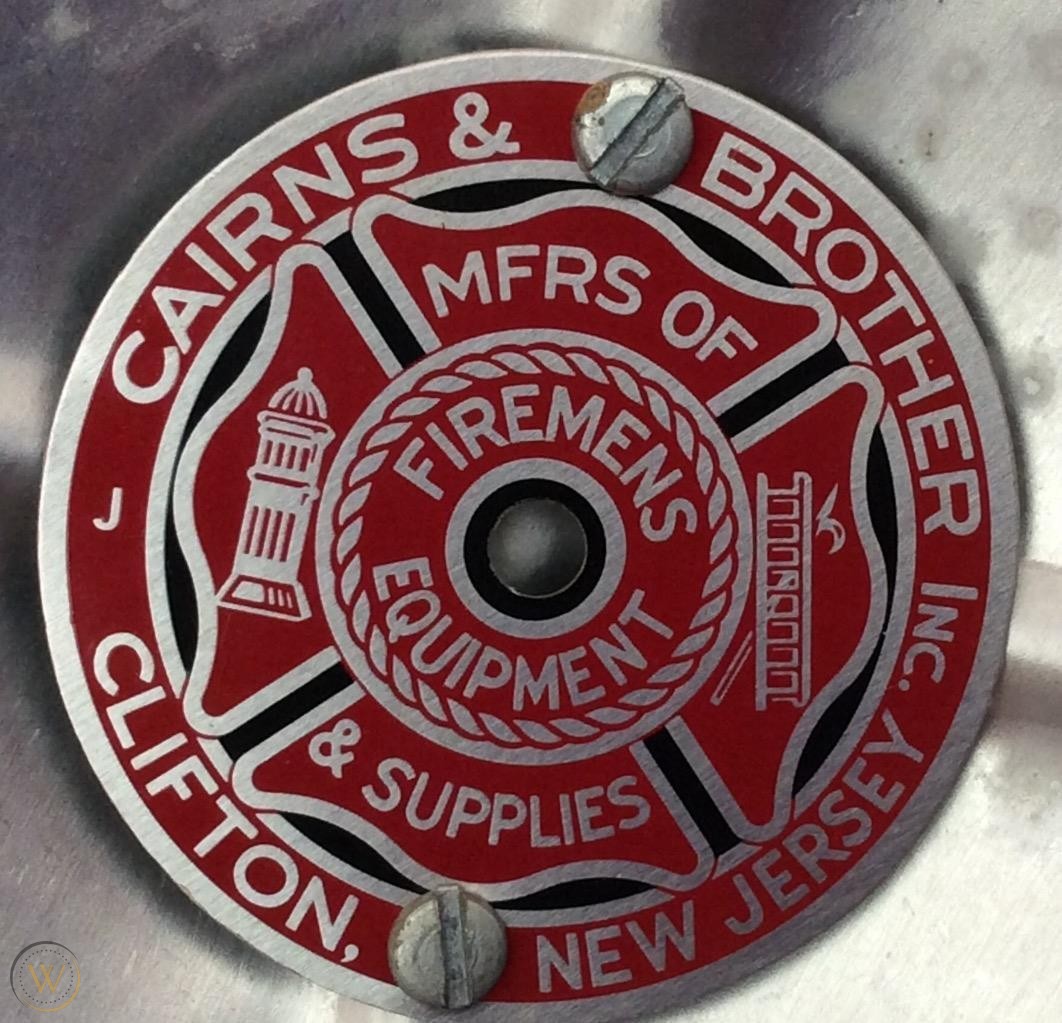
firemans fund insurance companies
Fireman’s Fund and American Express
These measures were not enough to keep the merger between Fireman’s Fund and American Express afloat. In 1985, Fireman’s Fund had an $87 million net loss on revenue, while American Express—whose own earnings were being siphoned off by Fireman’s Fund—decided to offer.
Fireman’s Fund the chance to American Express replaced the retiring Weill—who had been chairman and CEO of Fireman’s Fund Company’s holding company Fireman’s Fund Corporation—with GEICO Corporation Chairman John J. Byrne in 1985. McCormick remained At Fireman’s Fund Corporation, Mr. Prusky served as Chairman and CEO until 1985, when the company was spun off into independent companies.
In September 1985, American Express offered 49% of its Fireman’s Fund shares after selling its Fireman’s Fund life accident and health lines to American Express Travel Related Services for $330 million. A further 6% of its holdings were to be distributed to the newly formed Fireman’s Fund.
Eighty-five percent was owned by the employee stock-ownership company and the remaining 15% was to be held by American Express for a year, giving Firefighters Fund a chance to buy them back.
However, these shares were held by American Express until 1989, when they were exchanged for a new issue of preferred stock valued at $342 million. 9.5 million shares are held by American Express.
In 1986, Fireman’s Fund bought the second-largest U.S. mortgage banker, Manufacturers Hanover Mortgage Corporation, for $260 million, renaming it the “Fireman’s Fund”. An organization that provides mortgages to people who need one.
Additionally, a product of the mid-1980s was a decision to leave the state of Massachusetts in 1987. The company’s auto insurance operation in that state had been only marginally profitable since the 1950s.
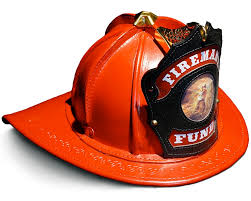
Firemans Fund Insurance Companies
The terms of the agreement included a payment to the state’s auto pool for hard-to-insure drivers. Motorists should pay up to $45 million per year and $7.7 million annually for the years 1988 to 1992, plus another similar payment for 1987.
In 1989 Hurricane Hugo, an earthquake in California and an oil refinery fire in Texas all caused a heavy financial drain for the insurance, as the firefighters earned $2.7 billion in earned premiums showing a downturn from $3 billion only a year earlier.
In 1989 company interests led indirectly to a change in the name of the holding company, Fund American Companies Inc., a title last used in 1966. The insurance subsidiary kept the name Fireman’s Fund Insurance Companies.
In 1990, this Company sold its shares to Allianz AG Holding of Germany for $3.3 billion. The sale of shares was completed on January 1, 1991. The price which analysts called about 175% of Fireman’s Fund’s book value allowed Allianz large-scale entry into the US Insurance
. The insurance market in the United States is lucrative. The terms of the transaction included Allianz’s acquisition of all Fireman’s Fund Insurance stock plus its portfolio of bonds and short-term investments.
Fireman’s common stock portfolio was repurchased by Fund American for $2.2 billion. In 1991. Fund American stockholders will be significantly reduced over the next few years.
Read also: workmen’s compensation
